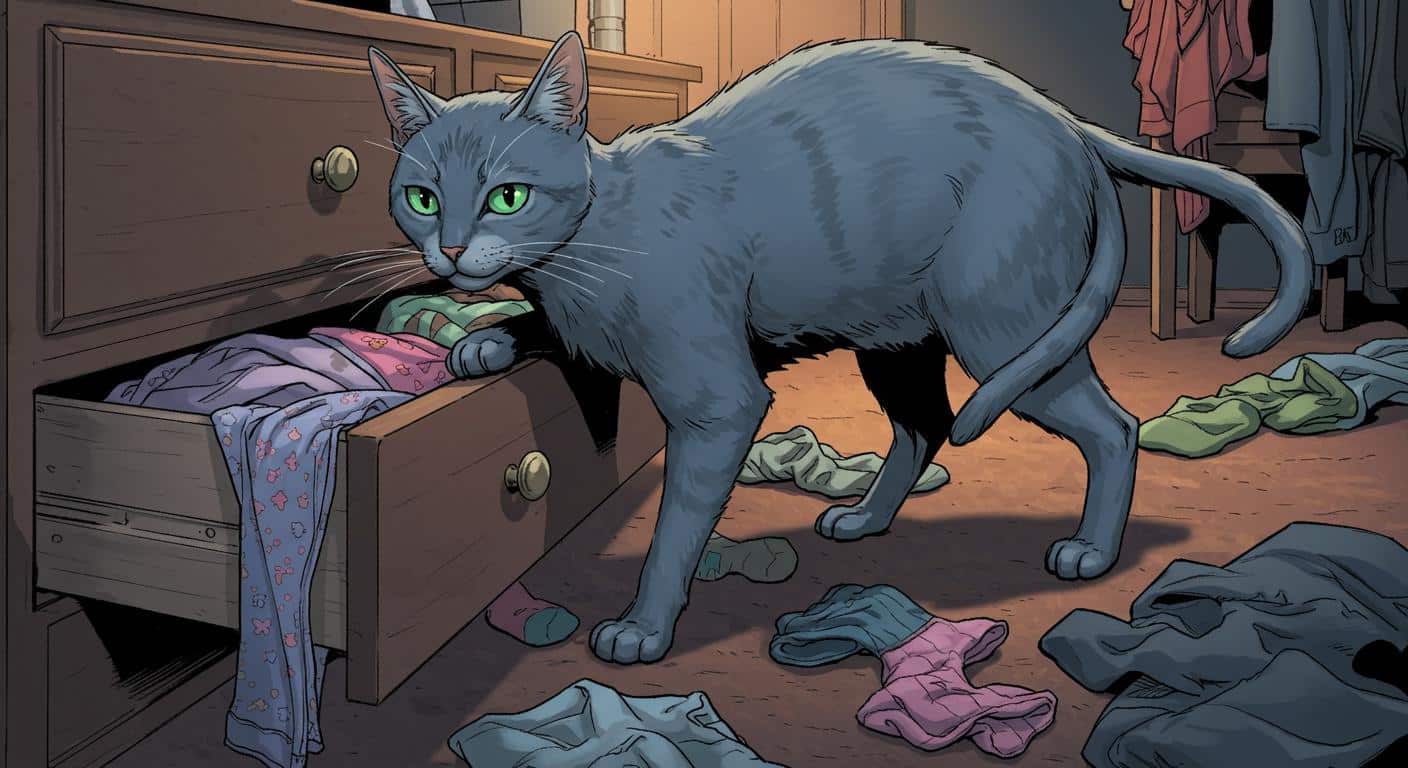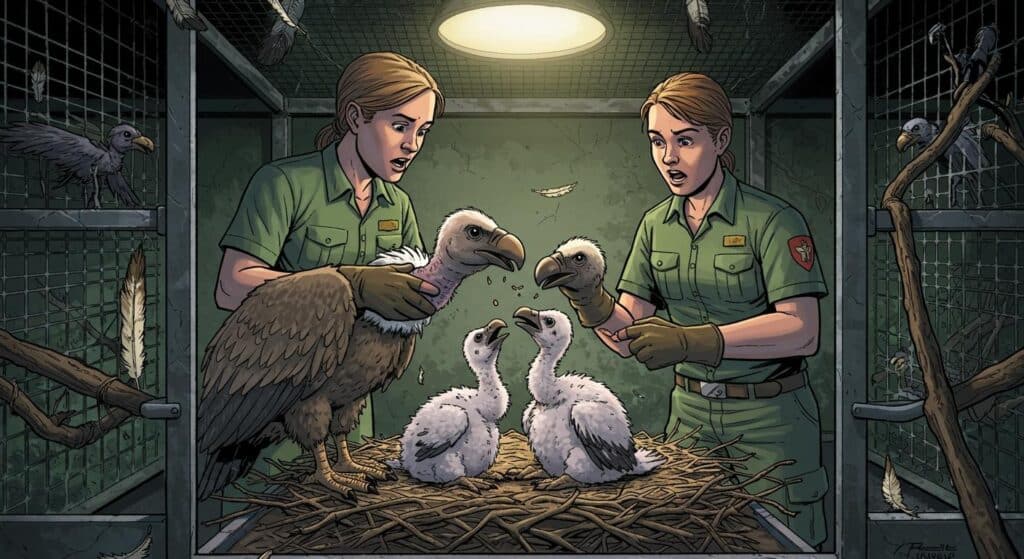Criminal nicknames have a certain flair—think ‘The Pink Panther’ or ‘D.B. Cooper’—but Auckland’s latest legend comes with whiskers and a taste for luxury fabrics. Leonardo da Pinchy, as the Associated Press details, isn’t stalking valuables or escaping in a daring heist; he’s a fifteen-month-old cat with a penchant for pilfering underwear, socks, and, on occasion, a NZ$300 cashmere sweater from the unsuspecting residents of Mairangi Bay.
A Master Thief Develops His Taste
Described in the Associated Press report, the feline—known more domestically as Leo—started his unusual spree soon after being allowed outdoors, leaving behind standard feline prey in favor of a staggering variety of garments. Helen North, his human housemate, recalls fielding a particularly panicked call from her daughter about that expensive sweater: “It’s bad, it’s bad, this is the worst thing he’s brought in, it’s really bad.” The article notes that Leo pulls in silk boxer shorts, thick men’s socks often still clipped with clothespins, and on his most ambitious days, as many as nine items—a sartorial variety pack including everything from baby clothes to a five-foot-long stuffed snake.
In an effort to avoid being labeled accessories to this clothing caper, North has turned to local WhatsApp and Facebook groups, as described in the AP story, with her signature digital confession: “Are these your undies?” The digital parade of photos has apparently brought out the best in neighborhood sleuthing, as one woman reclaimed her distinctively hued underpants, while a young sportsman was able to recover a missing jersey thanks to his name stitched on the back.
Reception: Envy and Admiration (With a Dash of Caution)
While one might expect heated words, the Associated Press notes a striking absence of neighborly fury. Instead, North has found herself fielding friendly envy, with some residents even expressing mild disappointment that Leo hasn’t pilfered anything from their lines. In a particularly ironic twist, one neighbor, allergic to cats, has been compelled to begin drying her laundry indoors rather than endure further intimate disappearances.
Still, not all admire a furry kleptomaniac, and North’s attempts to curb Leo’s obsession have met the classic feline resistance. According to her account cited in the AP, efforts ranged from indoor confinement to intentionally laying out temptingly legal laundry bait inside the house. Nothing works; Leo seems unwavering in his pursuit of off-limits loot. Responding to online suggestions of acquiring a feline companion for distraction, North demurred, joking about the perils of a two-cat syndicate. “He might teach another cat to do this,” she quipped, highlighting the risk of starting a trend.
The AP further notes North’s hope that Leo will eventually outgrow the phase: “I hope he grows out of it because I don’t want to do this for like, 15 years. This is a lot of admin.” The chronicling of these ongoing returns and apologies paints a picture familiar to many pet owners: the admin cost of loving something incorrigible.
The Enigma of Feline Motivation
All this raises a question that’s never quite settled in the AP’s reporting: why laundry? While animal behaviorists might muse endlessly on the subject, those who live with cats often recognize the universal truth North voices: “He only wants stuff that he shouldn’t have.” The thrill of the forbidden, especially in fabric form, may simply be an irresistible call.
For now, as charted in Helen North’s neighborhood updates and reflected in a patchwork of returned (and not yet reclaimed) laundry, Leonardo da Pinchy continues his capers—at large, brazen, and steadfastly immune to household rules. The Associated Press account closes with the observation that, far from being shunned, Leo remains something of a folk hero, his victims more delighted than irate to be included in the chronicles of his ongoing spree.
What strange trophies have your pets brought home? And has any of them ever compelled you to manage an impromptu neighborhood lost-and-found? The saga of Leonardo da Pinchy might not offer answers, but it certainly provides a new benchmark for the mischievous potential lurking in your own backyard.







